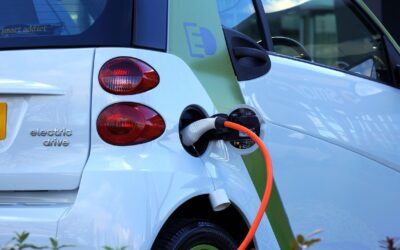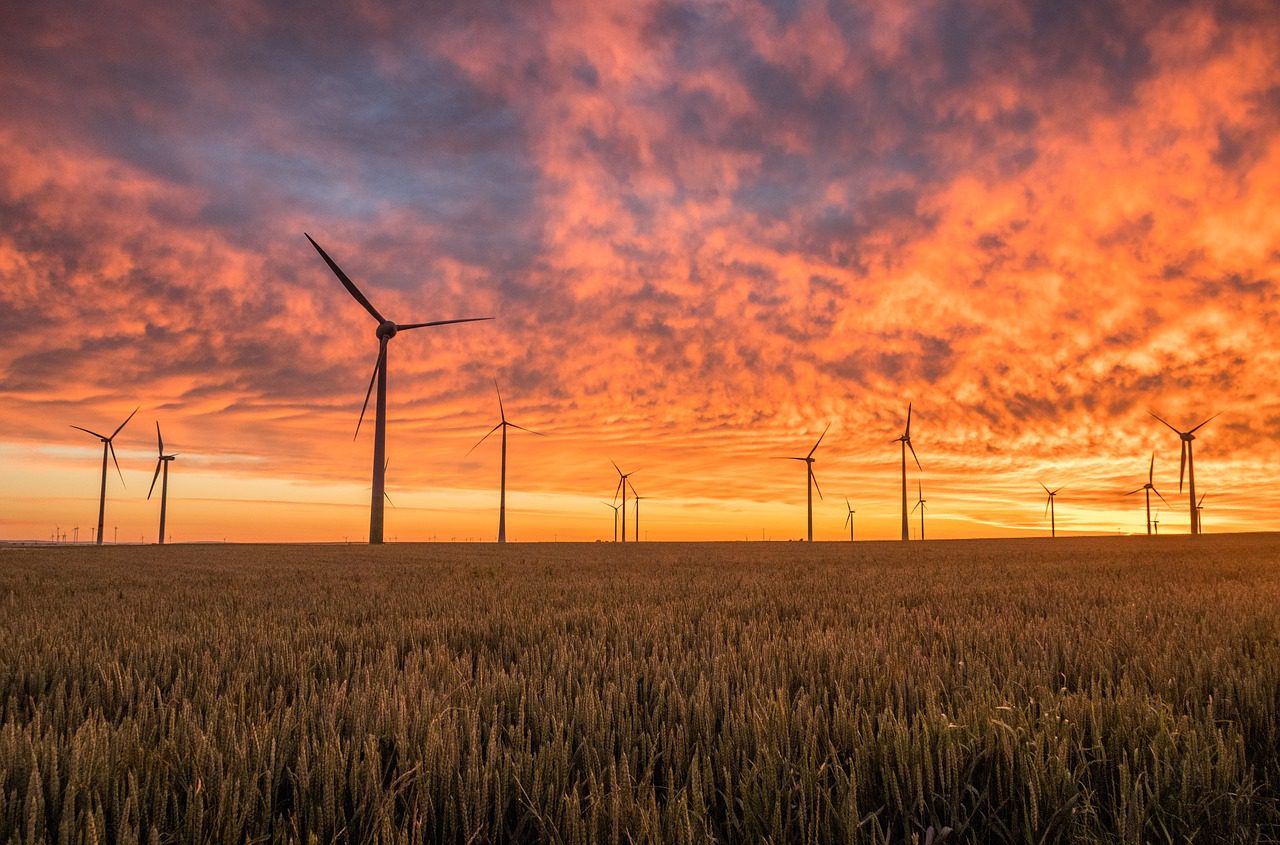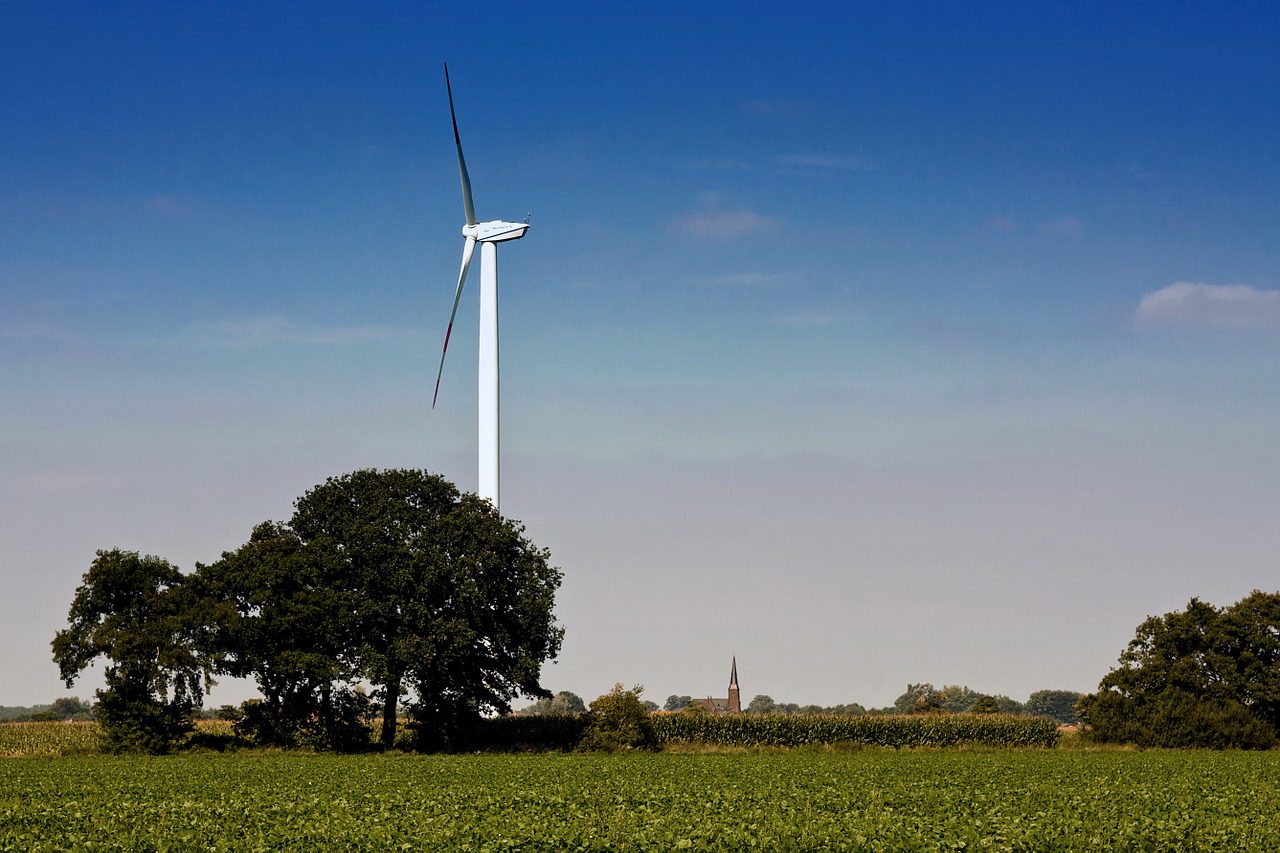Introduction The growth of electric vehicles (EVs) in recent years has increased the demand for electric vehicle charging stations. With the increasing number of electric vehicles on the road, EV charging stations have become essential for electric vehicle owners. EV...
Category
Renewable Energy
Building Organizational Emissions Baselines for GHG Management
Upon surveying the landscape of organizational climate commitments, it is not uncommon to hear about attention-grabbing goals like committing to 100% renewable energy, setting a science-based target, going carbon neutral or even climate positive. You might be...
How the energy industry impacts the environment
In Texas, the energy industry plays an important role, particularly when it comes to green energy. Because of the prominence coal, oil, and renewable energy play in the Lone Star State, concerns over CO2 emission levels are equally important. Burning fossil fuels and...
We are acting on climate change, not on renewable energy yet
Energy is the lifeblood of all societies. But the production of energy from the burning of fossil fuels produces carbon emissions that are released into the atmosphere on a grand scale. The energy sector accounts for more than 70% of these emissions, which are...
Popular Categories
Company
TNZ Web Solutions Limited is registered with the New Zealand Companies office. Company Record: 8208571
Contact
© Artisynq 2022 Terms & Conditions – Privacy Policy – Additional Info












